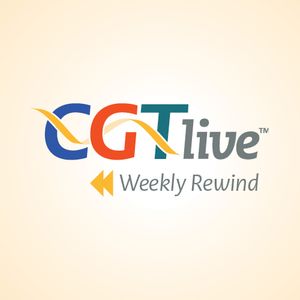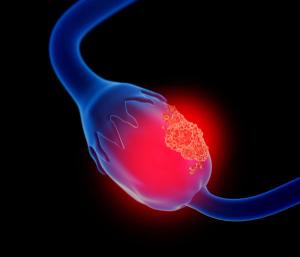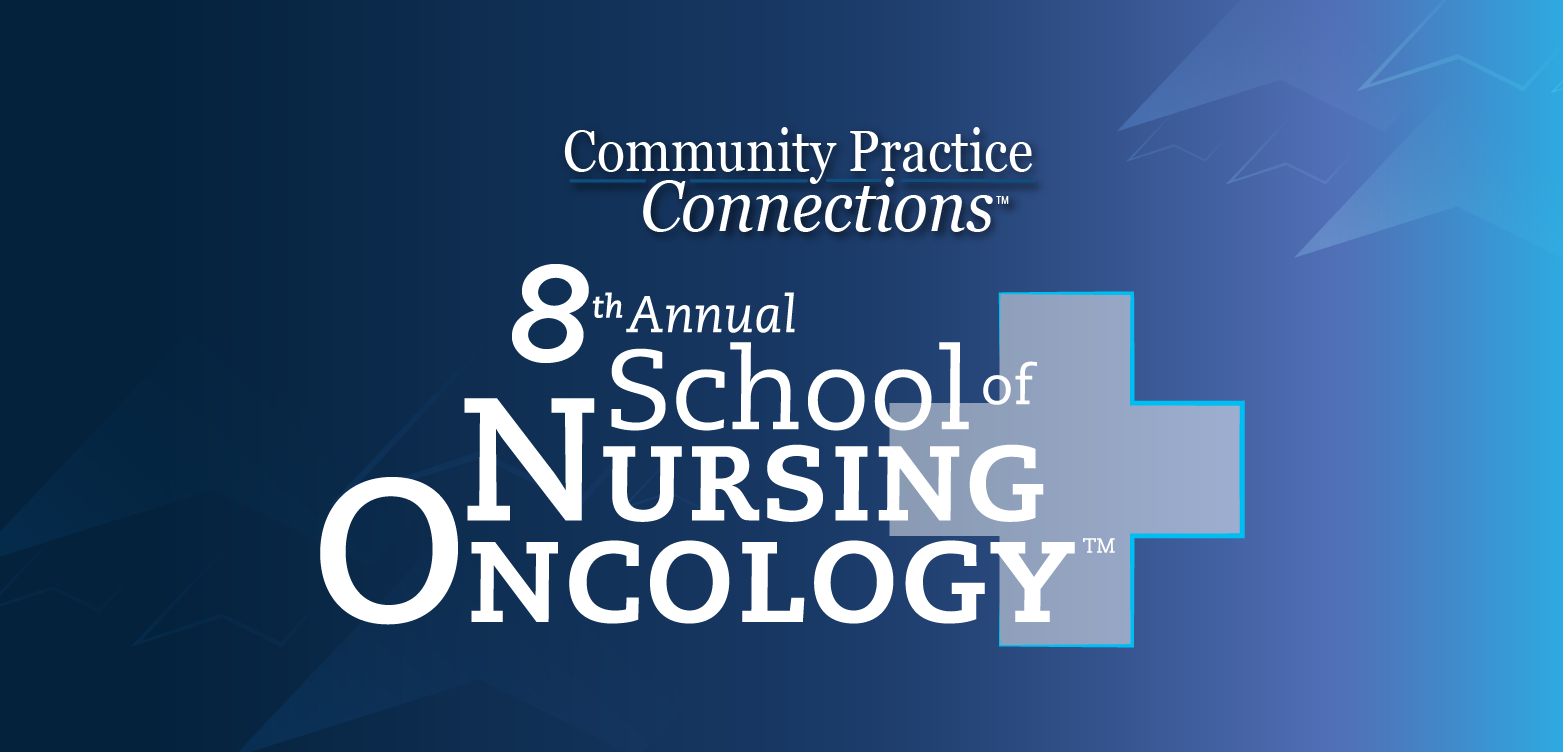|Articles|August 1, 2002
Phase II Trial Assesses Chemotherapy/Radiation Sequencing in Non-Small-Cell Lung Cancer
ORLANDO, Florida-Although a combination of paclitaxel, carboplatin (Paraplatin), and thoracic radiation therapy is commonly used to treat patients with locally advanced non-small-cell lung cancer (NSCLC), the optimal sequencing of these
Advertisement
ORLANDO, FloridaAlthough a combination of paclitaxel, carboplatin (Paraplatin), and thoracic radiation therapy is commonly used to treat patients with locally advanced non-small-cell lung cancer (NSCLC), the optimal sequencing of these therapies has not been defined. A multicenter phase II trial explored this issue, and Hak Choy, MD, professor and vice chairman of the department of radiation oncology at Vanderbilt University School of Medicine, Nashville, presented the results (ASCO abstract 1160).
"We designed a trial to compare survival outcomes of three taxane-based combined modalities," Dr. Choy said. The trial would also investigate the safety and toxicity of the regimens and compare them to Radiation Therapy Oncology Group (RTOG) reference survival data for sequential chemoradiation, which is associated with a median survival time of 14.5 months.
The investigators enrolled 276 patients with unresectable stage IIIA and IIIB NSCLC, Karnofsky performance scores ranging from 70 to 100, and weight loss up to 10%. To be eligible, they could not have had prior chemotherapy, radiation, or surgical resection.
Three Study Arms
Patients in the first cohort, the "sequential" arm, received two cycles of paclitaxel, 200 mg/m², with carboplatin, AUC of 6, followed by daily thoracic radiotherapy, 63.0 Gy. Patients in the second arm, the "induction followed by concurrent" arm, started off with the same two cycles of chemotherapy followed by 7 weeks of paclitaxel, 45 mg/m²/wk and carboplatin, AUC of 2 weekly, with concurrent thoracic radiotherapy. The third group, the "concurrent/consolidation" arm, was given radiation with paclitaxel, 45 mg/m², and carboplatin, AUC of 2, followed by two cycles of paclitaxel, 200 mg/m², and carboplatin, AUC of 6.
By November 2000, with 243 enrolled patients, investigators had determined that the best survival was seen in arms 1 and 3. They enrolled an additional 33 patients into these two arms by June 2001. Pretreatment characteristics were balanced in terms of age, sex, Karnofsky scores, and percent of weight loss, as well as histology and stage.
Toxicity and Survival
The most common toxicity during induction chemotherapy was granulocytopenia, which was observed in about one-third of the patients in arms 1 and 2. During radiation therapy, esophagitis occurred in 3% of the patients in arm 1, 19% in arm 2, and 28% in arm 3. Even with the esophagitis, 70% of patients in arm 3 completed all 7 weeks of treatment, and 75% received two full cycles of consolidation chemotherapy as planned.
The survival data for arms 1 and 2 were nearly identical to the historical data. Arm 3, the concurrent/consolidation arm, demonstrated the best outcome, showing a slight improvement in median survival time at 16.1 months. The median survival in patients with a less than 5% weight loss increased to 17.2 months in arm 3.
"The survival in arm 3 appears to compare most favorably with the RTOG control cohort," Dr. Choy said. "The toxicity was acceptable in all three arms."
Newsletter
Stay at the forefront of cutting-edge science with CGT—your direct line to expert insights, breakthrough data, and real-time coverage of the latest advancements in cell and gene therapy.
Advertisement
Related Articles
 CGTLive®’s Weekly Rewind – September 12, 2025
CGTLive®’s Weekly Rewind – September 12, 2025September 12th 2025
 Around the Helix: Cell and Gene Therapy Company Updates – September 10, 2025
Around the Helix: Cell and Gene Therapy Company Updates – September 10, 2025September 10th 2025














































